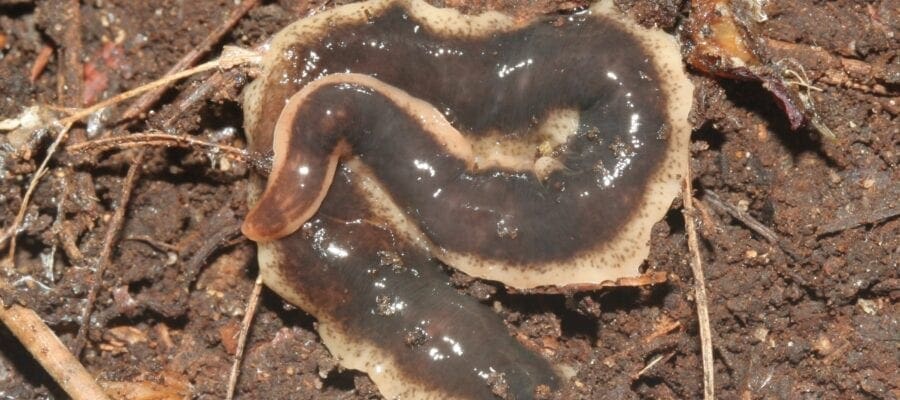Scientists are asking gardeners to help them discover how far the New Zealand flatworm has spread in the UK…
…and what effect it is having on the environment.
Introduced on imported plant material in the 1960s, the New Zealand flatworm eats our native earthworms, which are essential to healthy soils and food chains. The survey, which is being coordinated by Open Air Laboratories (OPAL), the University of Aberdeen and the James Hutton Institute, began in 2015, and 1,500 records have been submitted so far – but more are needed for a full picture. In particular, the team needs more records from Orkney, Shetland, Skye, the Western Isles, Caithness, Fort William, Dumfries and Galloway, the Scottish Borders, Lancaster, Yorkshire, Hull, Sheffield and Wales. The flatworm’s current distribution is concentrated in Scotland and Northern Ireland, but it has also been found further south.
All you need to do is search your garden, allotment, school grounds or public space for 10 minutes, focussing on dark damp places like under pieces of wood, stones or plastic. If you think you have found a flatworm, take a photo and submit it, with its location, via the OPAL website. You’re also asked to submit a record if you don’t find any flatworms.
New Zealand flatworms are between 5 and 15cm long. They are flat, with a dark brown topside and a creamy pale underside and edge, and are often found curled up like a Swiss roll. They are pointed at both ends and covered in sticky mucus. Their egg capsules look like blackcurrants, though smaller, and contain about seven young flatworms, so it’s important to spot these and not move them to new locations. Flatworms are very difficult to control once established, and are spread from garden to garden in topsoil or on plants.
Find out more and submit your survey results at https://www.opalexplorenature.org/nzflatworm





